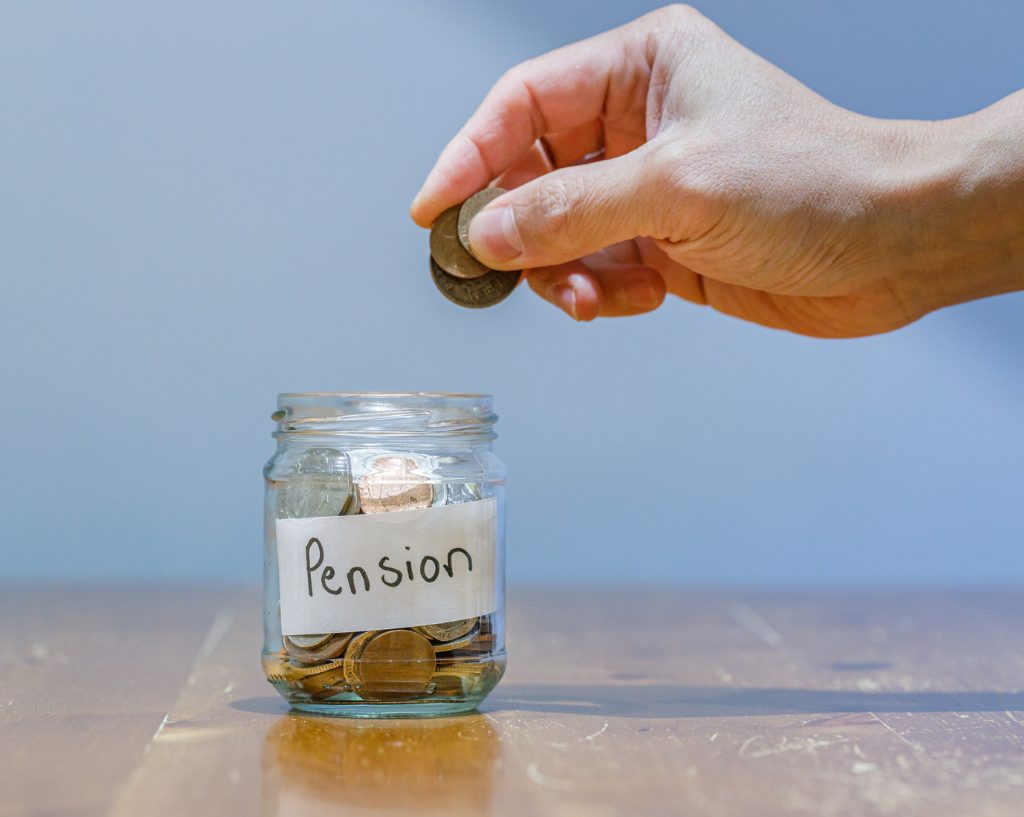THE DUTCH PENSION SYSTEM
The Netherlands has a well-established pension system that provides financial security to its citizens in their retirement years. The pension system in the Netherlands is divided into three pillars, with each pillar having its own purpose and function. The first pillar is the state pension, the second pillar is the occupational pension, and the third pillar is the private pension.
Now, let’s dive deeper into what is the pension system in the Netherlands, and how it works.
STATE PENSION (AOW)
The state pension, also known as Algemene Ouderdomswet (AOW), is the first pillar of the Dutch pension system. The AOW is a basic pension that is provided to all Dutch citizens and residents who have reached the state retirement age of 66 years and 4 months (as of 2023). The AOW is funded by a pay-as-you-go system, which means that current workers pay for the pensions of current retirees.
The amount of AOW pension that a retiree receives depends on the number of years they have lived in the Netherlands. If a retiree has lived in the Netherlands for their entire life, they will receive the full AOW pension. If a retiree has lived in the Netherlands for a shorter period, they will receive a proportional part of the full AOW pension.


OCCUPATIONAL PENSION
The second pillar of the Dutch pension system is the occupational pension. The occupational pension is a supplementary pension that is provided by employers to their employees. The occupational pension is regulated by collective labor agreements (CAOs) between employers and employees’ organizations, or by industry-wide pension funds. The occupational pension is funded by both employers and employees, with the contributions being deducted from the employees’ salaries.
The amount of occupational pension that a retiree receives depends on their salary and the number of years they have worked for their employer. The occupational pension usually provides a higher retirement income than the AOW pension, and it is also adjusted for inflation.
PRIVATE PENSION FORM
The third pillar of the Dutch pension system is the private pension. The private pension is a voluntary pension that individuals can take out themselves. The private pension can be either an individual pension or a group pension. An individual pension is a pension that is taken out by an individual, while a group pension is a pension that is taken out by a group of people, for example, employees of a company.
The private pension is funded by the individual’s own contributions, and the amount of private pension that a retiree receives depends on the amount of contributions they have made and the investment returns on those contributions.


CONCLUSION
The pension system in the Netherlands is a well-established system that provides financial security to its citizens in their retirement years. The system is divided into three pillars, with each pillar having its own purpose and function. The state pension (AOW) provides a basic pension to all Dutch citizens and residents who have reached the state retirement age. The occupational pension is a supplementary pension that is provided by employers to their employees, and the private pension is a voluntary pension that individuals can take out themselves.
Looking for a job in the Netherlands? Have a look at our available jobs and apply below.

